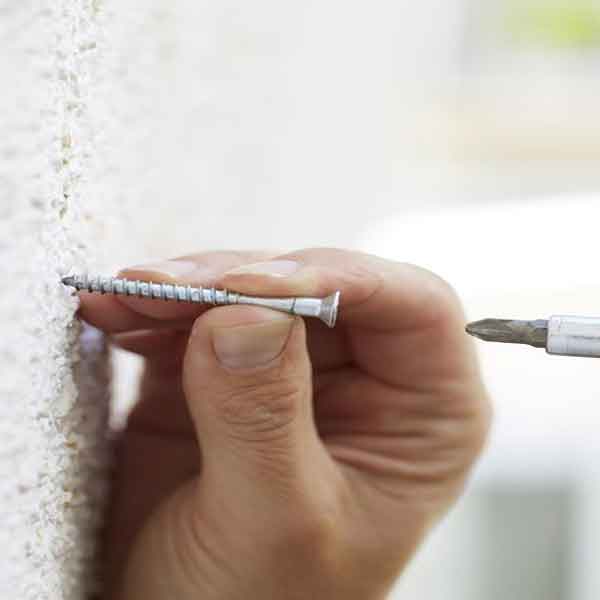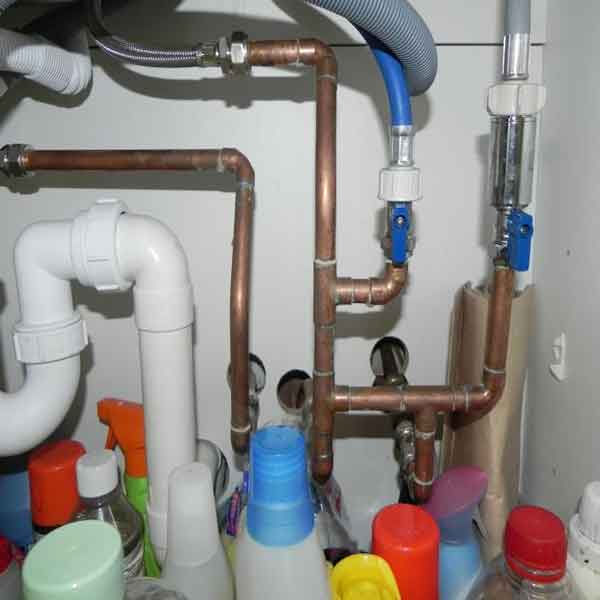How to Repair Ceiling Cracks | House Ceiling Cracks Fix

Ceiling cracks are a common problem in many homes. Whether it’s due to the natural settling of your house or other structural issues, these cracks can vary in size and severity. While some are minor and easy to repair, others might signal a bigger problem, such as foundation settlement or moisture damage. At Handyman Newcastle, we provide professional services to repair cracks in walls and ceilings, ensuring your home remains safe and visually appealing.
In this guide, we’ll explain the different types of ceiling cracks, what causes them, and how to fix them yourself, as well as when it’s best to call in a professional.
Common Causes of Ceiling Cracks
Several factors can lead to cracks in your ceiling or walls. Identifying the cause is essential to determining whether it’s a minor issue or something more serious:
Foundation Settling: Over time, homes naturally shift and settle. This movement can create straight cracks along walls and ceilings.
Structural Problems: Large or diagonal cracks might indicate structural damage. These should be inspected by a professional as they may signal more significant issues like subsidence.
Moisture Damage: Water damage, often indicated by yellow or brown stains around the crack, can weaken your ceiling or walls and lead to more severe problems. Moisture issues can result from leaks, poor ventilation, or even rising damp.
Temperature Changes: Extreme shifts in temperature cause materials in your ceiling and walls to expand and contract, leading to hairline cracks.
Poor Construction: In some cases, ceiling cracks appear due to poor-quality materials or improper drywall mud installation, including issues like improperly taped joints.
Types of Ceiling Cracks
Understanding the type of crack can help you assess whether it's a superficial issue or a sign of structural problems:
Hairline Cracks: These thin, straight cracks are typically caused by minor settling or temperature changes. They’re usually not a cause for concern.
Spiderweb Cracks: Multiple small cracks radiating from a central point may suggest foundational issues or a compromised drywall mud layer.
Diagonal Cracks: Cracks that run diagonally could indicate structural shifts or settling, especially if they are wider than 5mm.
Brown/Yellow Cracks: Often caused by water damage, these discolored cracks can signal leaks or moisture issues.
Cracks Around Fixtures: Small cracks forming around windows, doors, or light fixtures might be due to building movement or poor installation practices.
Preventing Future Ceiling Cracks
Here are a few tips to prevent cracks from forming or worsening:
Maintain Proper Ventilation: Proper air circulation can help prevent moisture build-up, which can lead to cracks.
Address Leaks Immediately: Always fix leaks as soon as they occur to prevent water damage.
Regular Inspections: Conduct regular inspections of your home’s foundation settlement and ceiling to spot cracks early before they worsen.
If you're unsure whether your ceiling cracks are serious, or if you'd prefer a professional repair, Handyman Newcastle is here to help. Contact us today for expert advice and reliable repair services.






.webp)
